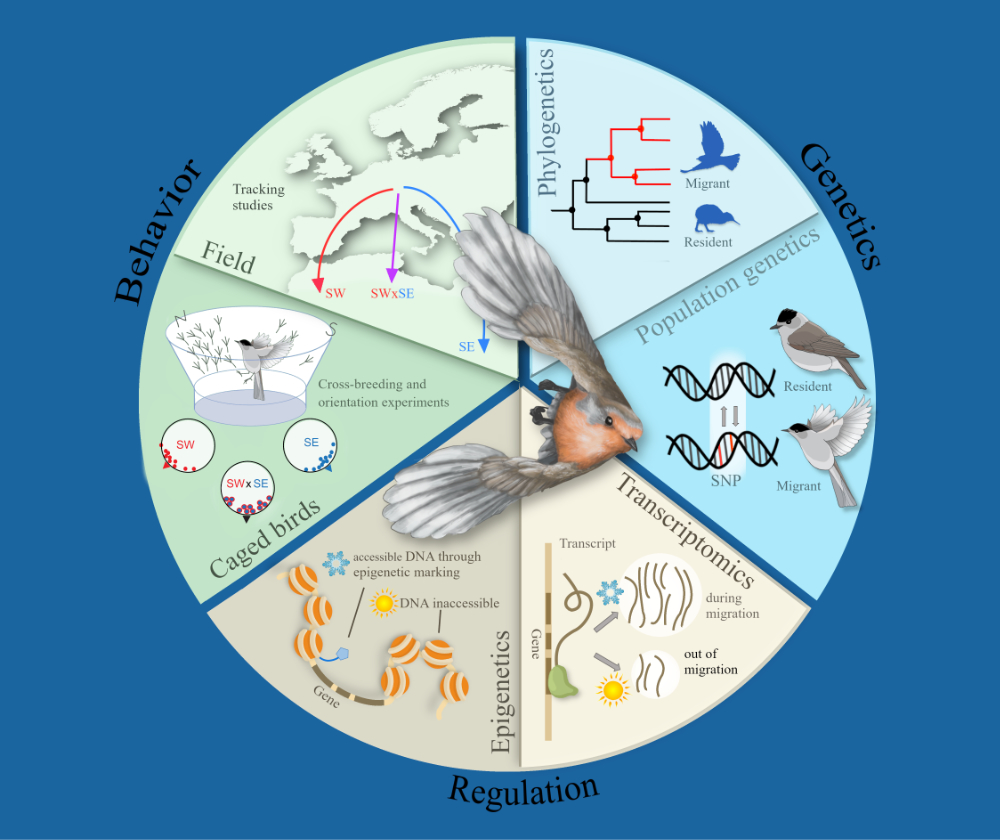Speakers
Description
Tianhao Zhao, Yuri Anisimov, Wieland Heim, Guoming Zhang, Wenjia Chen, Zongzhuang Liu, Xiaolu Jiao, Depin Li, Magnus Hellström, Staffan Bensch, Gang Song, Fumin Lei, Miriam Liedvogel, Kristen Ruegg, Bregje Wertheim, Barbara Helm
The global distribution of geographical barriers is often associated with differentiation of global avian flyways. Selection pressure from the presence of geographical barriers contributed to the formation of various migration patterns, including migratory divides in many avian species. In several model species, using migratory divides has facilitated exploration on how genes control migration. Nevertheless, the differential genomic signals associated with migratory differences do not yet conclusively indicate a convergent background. More studies are thus needed to harness the diversity of genetic mechanisms using further species, as well other geographical distributions than the Euro-African flyway and Americas Flyway. The Qinghai-Tibet Plateau (QTP), a significant highland barrier for avian migrants in Asia, has resulted in a Siberian migratory divide in many species, but hitherto received little attention in research on genetic migration. Our individual tracking study has confirmed the existence of a migratory divide close to Baikal region in Russia between Siberian (Saxicola maurus) and Amur stonechats (S. stejnegeri): Siberian stonechats employ a western detour around the QTP, whereas the Amur stonechats employ an eastern detour. We also detected autumn intermediate routes employed by potential hybrids, which directly crossed the plateau. Our additional discovery that Tibetan stonechats (S. m. przewalski) breeding on the QTP use an exclusively highland migration route, demonstrates that stonechats may have a strong capability of highland adaptation. We then explored the genomic variation in association with the phenotypical variations in these closely related taxa from a population genetics perspective, expecting to establish a new model system for genetic migration study. We wish that our study can contribute more potential insights for cross-flyway phylogenetic analyses, and perhaps finally resolve the mystery how genes control the migratory route choices of songbirds.

